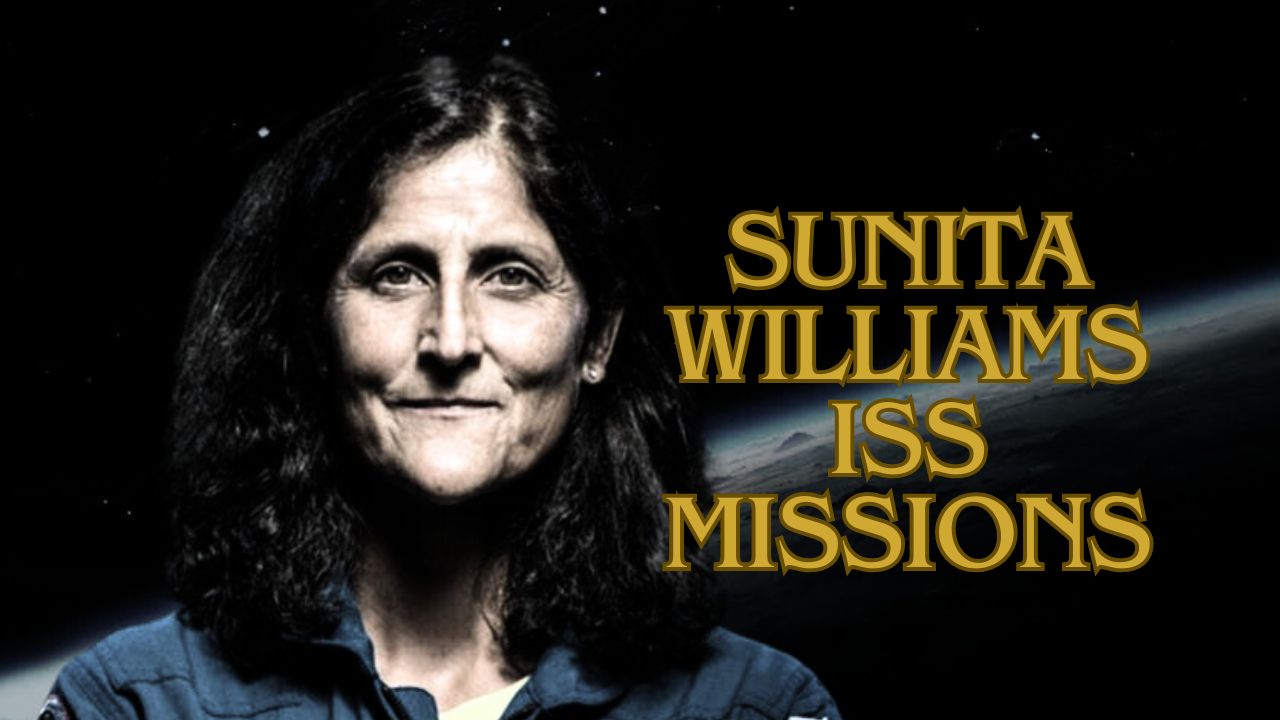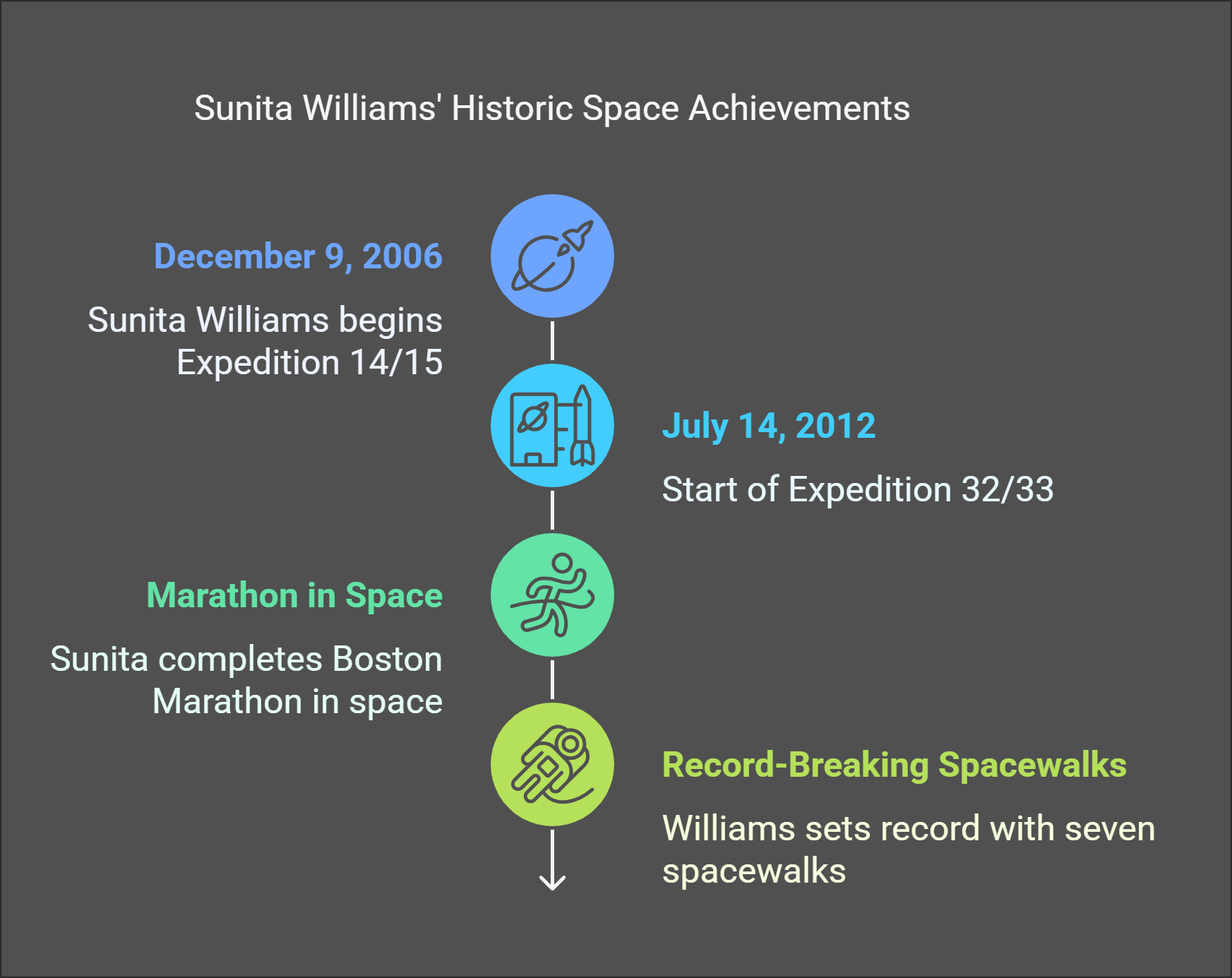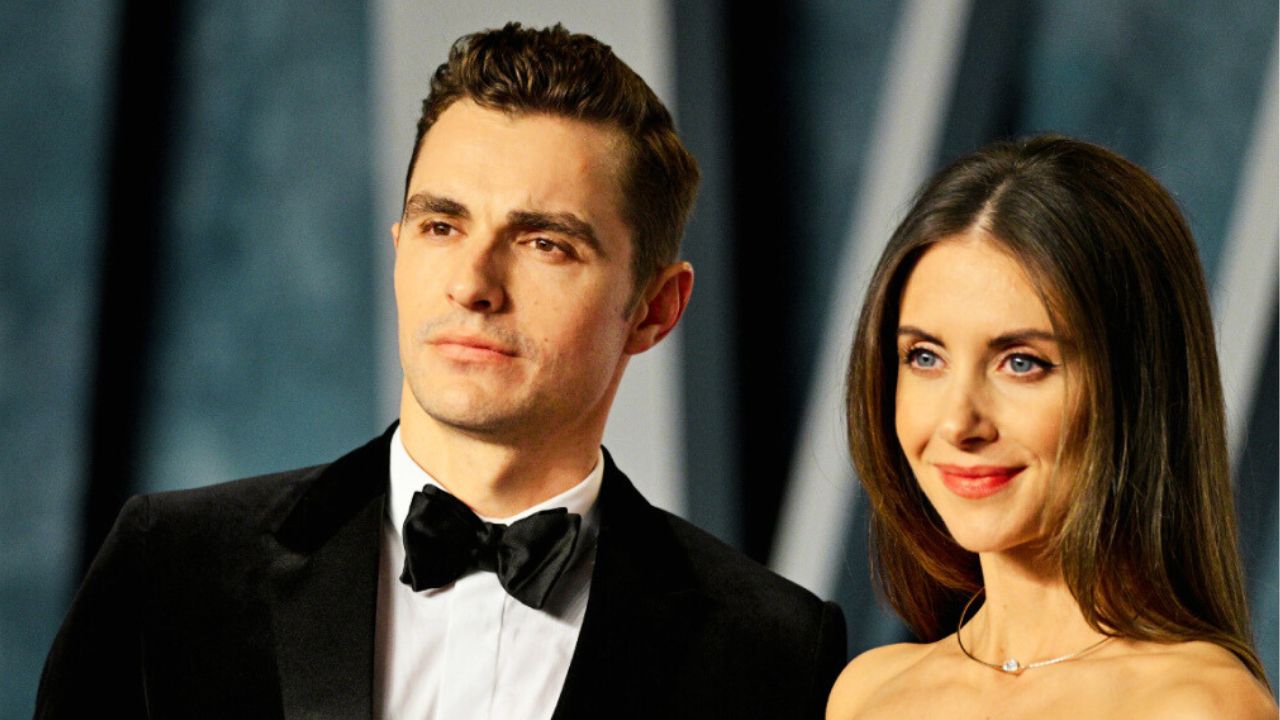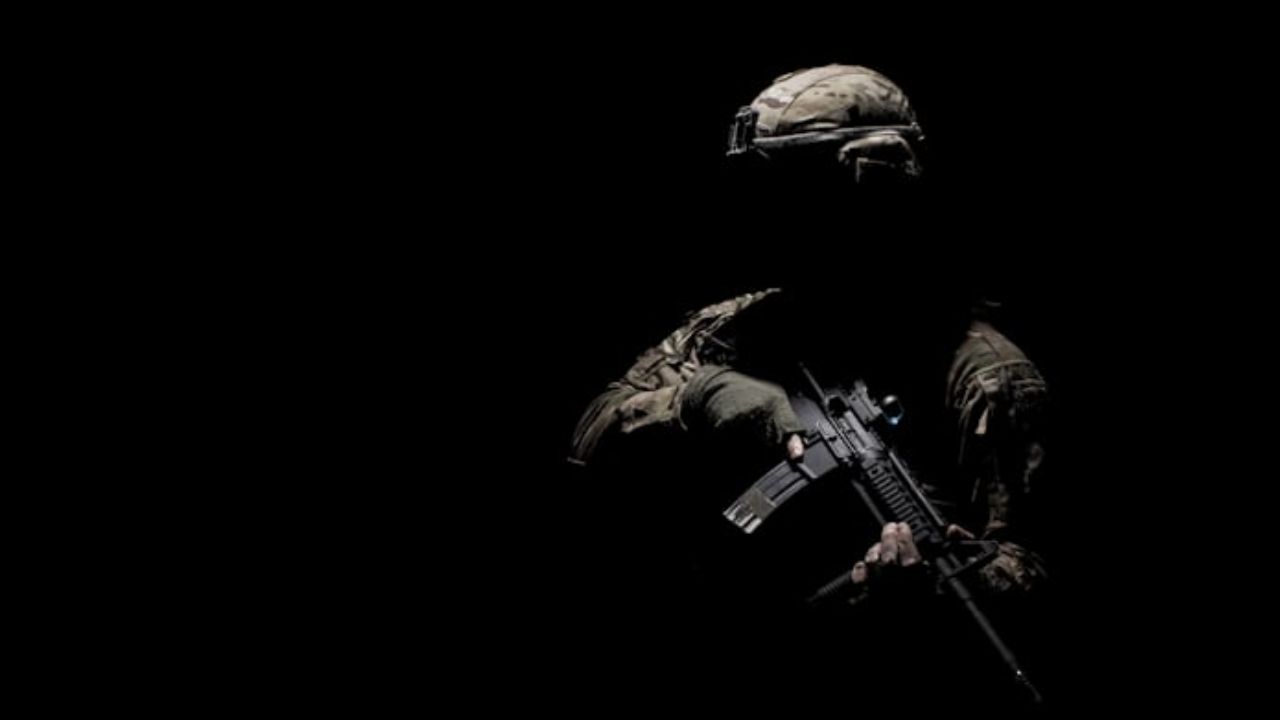Curious about life in space? Astronaut Sunita Williams gives us a glimpse. She’s spent significant time on the International Space Station, breaking records and fueling our fascination with space exploration.
Sunita Williams is more than an average astronaut. Her trips to the ISS have made history and motivated many. This blog post covers her extraordinary space missions. We’ll discuss her challenges, triumphs, and scientific contributions aboard the ISS.
Get ready to explore her journey.
Key Takeaways
- Sunita Williams joined two space missions, Expeditions 14/15 and 32/33, spending over nine months in space on her first trip.
- She became the first person to run a marathon in space, completing the Boston Marathon on a treadmill there in four hours, 24 minutes.
- Setting a record for female astronauts, she did seven spacewalks totaling 62 hours and 6 minutes outside the International Space Station (ISS).
- Her tasks included operating the Robotic Arm for ISS repairs and contributing to experiments that examine human life in space.
- Williams faced challenges like fixing an ammonia leak outside the ISS and managing daily activities in zero gravity.
Key Highlights of Sunita Williams ISS Missions
Sunita Williams set records and completed a marathon in space, showcasing her significant contributions to space exploration. Her missions added memorable achievements to the astronaut program.
Expeditions 14/15 and 32/33
Sunita Williams participated in two significant International Space Station (ISS) excursions, Expeditions 14/15 and 32/33. We’ll inspect the particulars of both assignments.
- Williams began her first major journey, Expedition 14/15, when she soared into space aboard the Space Shuttle Discovery on December 9, 2006.
- Over the course of this mission, she devoted over half a year existing in space—a significant amount of time away from our home planet!
- Demonstrating great resilience and expertise, she completed four spacewalks during which she stayed outside the ISS for roughly 30 hours.
- On July 14, 2012, she embarked on her second trip to the ISS, signifying the onset of Expedition 32/33.
- Once more, she showcased her exceptional capability by undertaking three more spacewalks, this time performing repairs and addressing an ammonia leak outside the station.
- Cumulatively, both assignments resulted in seven spacewalks for Sunita Williams, a feat few astronauts can claim to have achieved!
Next, we explore how Sunita made scientific contributions during her tenure on the ISS.
Marathon in Space
Sunita Williams ran the Boston Marathon on a treadmill aboard the International Space Station, 220 miles above Earth. She became the first person to complete a marathon in space, finishing in four hours, 24 minutes.
Her feet were tied to the treadmill for stability during the run. This achievement highlights how astronauts maintain their health through exercise while in space.
Williams also holds records for performing spacewalks.
Record-Breaking Spacewalks
Sunita Williams set a record with seven spacewalks outside the International Space Station (ISS), totaling 62 hours and 6 minutes. This is the longest for any astronaut. During Expedition 72, she surpassed Peggy Whitson’s spacewalk time, becoming the leading female astronaut in this category.
She and other astronauts, including Butch Wilmore, worked together on these walks. They used special tools to repair and upgrade the ISS in zero gravity. Their teamwork was crucial for success in space.
Scientific Contributions During Her Stay
Her work in space involved using the Robotic Arm for repairs and construction on the International Space Station (ISS). This tool allowed her to move large metal pieces in zero gravity.
She also played a role in maintaining the ISS. She helped assemble new parts and conducted experiments. These experiments studied how humans live in space. Her efforts contributed to our understanding of human health, physical sciences, and technology development in microgravity.
This knowledge is vital for long-term space travel effects on astronauts.
Challenges Faced in Space
Living in space presents unique challenges. Astronauts like Sunita Williams experience the oddity of floating while eating and working on the International Space Station (ISS). During Expedition 32/33, Williams and her crew faced critical tasks such as repairing an ammonia leak outside the ISS.
This wasn’t a leisurely activity; it was essential to prevent harmful gases from entering their living space.
Being away from Earth also tests astronauts’ mental strength. The absence of family and familiar comforts requires strong willpower and effective teamwork. Unexpected issues, including helium leaks or urgent repairs, demand constant readiness for action.
Through missions like those Williams undertook, astronauts demonstrate their adaptability and preparedness for any challenge in space exploration.
On Friday, U.S. President Donald Trump said he’s willing to pay astronauts Barry “Butch” Wilmore and Sunita “Suni” Williams from his own money after they returned from space this week. The two were stuck in space for nine months—much longer than planned.
A reporter pointed out that the astronauts only received $5 per day for “extra” costs. Since they were in space for 286 days, that adds up to just $1,430. The reporter asked Trump if he would help them.
Trump replied, “No one told me about this before. If I have to, I’ll pay it myself. That’s not much for everything they went through.”
According to NASA’s rules, the astronauts won’t get any overtime pay, even though they were stuck in space 278 days longer than expected due to a problem with their spacecraft. The only extra money they got was $5 a day for small personal expenses.
Takeaways
Sunita Williams’ space journey showcases courage, intelligence, and the ability to overcome barriers. Her tenure at the International Space Station (ISS) highlights human capabilities in space.
She completed a marathon aboard the ISS, set records for spacewalks by a woman, and advanced our understanding of life in space. Challenges like zero gravity and equipment malfunctions are part of living in space.
Yet, Sunita faced these issues with optimism. Through her actions, she paves the way for aspiring astronauts aiming for celestial journeys.
FAQs on Sunita Williams ISS Missions
1. Who is Sunita Williams and why is her stay in space remarkable?
Sunita Lyn “Suni” Williams, an American astronaut, had a noteworthy journey at the International Space Station (ISS). Her tenure included several spacewalks or Extra-Vehicular Activities (EVA), setting records for women in space science.
2. What was Sunita’s role on the ISS and what were some of her accomplishments?
Williams served as a flight engineer during her time on the ISS. She made history by running a marathon in space, mirroring the Boston Marathon happening back home in Needham, Massachusetts. She also performed numerous EVAs to maintain international space station systems.
3. How did Sunita get to the ISS and who accompanied her on this mission?
Williams traveled aboard the Soyuz TMA-05M spacecraft with Russian cosmonaut Yuri Malenchenko and Japan’s Akihiko Hoshide from Baikonur Cosmodrome managed by Roscosmos.
4. Can you tell us about Suni’s involvement with commercial crew programs like Boeing Starliner or SpaceX Crew-9?
Sure thing! As part of NASA’s Commercial Crew Program, she was assigned to fly on Boeing’s CST-100 Starliner for its first crewed test flight alongside astronauts Barry Wilmore and Michael Fincke.
5. What does it take to become an astronaut like Sunita Williams?
Becoming an astronaut requires intense training, including learning about propulsion system operation, docking procedures and even survival skills after landing back on earth! For example, before becoming an astronaut candidate at Edwards Air Force Base, Williams attended the U.S. Naval Academy and then advanced through the Naval Test Pilot School before joining the Society of Experimental Test Pilots & Flight Test Engineers.
6. Did any other notable astronauts work closely with Sunita during her career in space exploration?
Absolutely! Astronauts like Peggy Whitson, who held the record for most spacewalks by a woman before Williams; Nick Hague, who was part of the Boeing crew flight test; and Michael López-Alegría who previously held the EVA duration record, have all crossed paths with Sunita in her illustrious career.






































